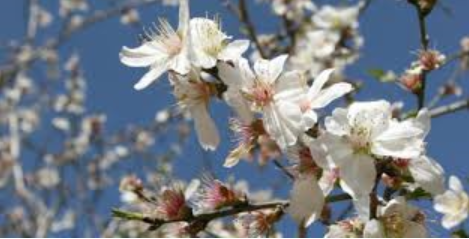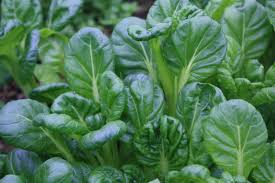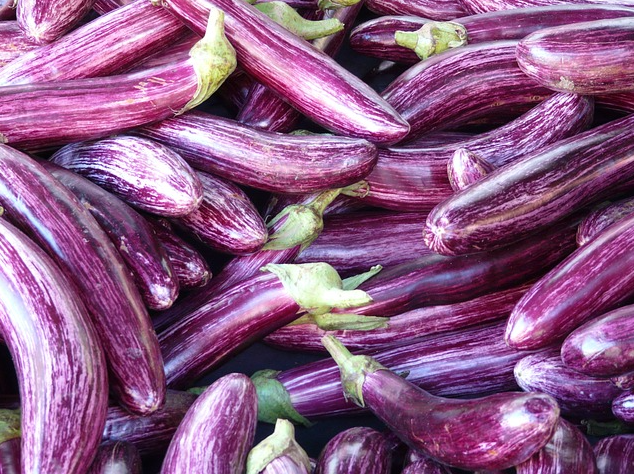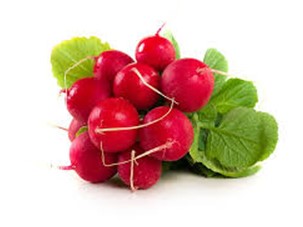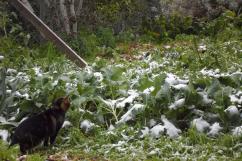These are happy, flourishing days, out in nature.
Tu B'Shvat was celebrated this week, modestly and quietly, during the lock-down.
Planting events did not take place, school kids did not receive their report cards, and yet, none of this prevented the almonds from presenting their blossom with all its glory.
One spot and another bright spot of pinkish bloom on the slopes of the hills, outstanding in front of the gray-black-dark green background of winter vegetation.
Occasionally a single branch, sometimes a large wonderful almond tree at the peak of its strength, a flame of blossom, an Israeli sakura.
By the way, it not only looks impressive, the smell wonderful too: If you approach a blooming almond tree, close enough to sniff a flower, immediately you feel like you are in the middle of a meadow on a wonderful spring day, you can hear the bees buzzing around and feel surrounded by a light scent of honey from all directions.
The flowers make it extra easy to identify other family relatives of the almond, from the Rosaceae family – you can imagine them sitting around the holiday table together: the cherry, the plum and especially the peach, which also belongs to the subgenus Amygdalus, like the common almond.
The common almond is a native of the country, and you can easily find almond groves all over the country of any size – sometimes a small group of trees growing near a small and abandoned olive grove, and sometimes a long, straight line, like a well-kept boulevard. In the regions of the Carmel, Samaria, Galilee and Judea you can easily find wild almond trees.
The almond tree is a deceptive tree in several ways: First, as mentioned, it presents an impressive, full and prominent bloom in the middle of almost winter – as if the spring is right around the corner.
Second, compared to most trees, the almond first displays its flowers and then later develops the leaf buds. Beyond these, the almond takes a long time to ripen the fruit: if we expected the early flowering to result in an early crop of a handful of almonds, then we will have to be patient: it takes the almond tree about half a year until we can find fully ripened almonds on it.
Also in terms of the ripeness of the almonds themselves, it is not a completely ordinary tree: the ripe fruit is actually the almond itself, including the peel.
Yes, yes, the green and hairy peel when the fruit is still unripe, is just the housing. Therefore, when we wait a little longer for the almond to ripen and the inner pulp to be less sour, and turn from green to brown – we are actually eating the seed.
Any of us who like eating green almonds, fresh or pickled, are eating the entire fruit as a whole. Green organic almonds are a great solution for the long ripening period of the almond: you can easily pick a handful of fresh green almonds and chop them into a green salad, along with beans and other spring greens – keeping us satisfied while waiting for the almonds to ripen. But for now – we are still only in the flowering stage….
And one more confusion, which is mainly related to Tu B'Shvat: the holiday is a holiday of the trees of the land, of fruits that were conceived and developed in the Land of Israel.
The reason it became customary to eat dried fruits was that because that was the only way to have them throughout the diaspora, back in the days before Wikipedia and air planes that could transport fresh produce from almost any point in the world to any other point.
Nowadays, a considerable portion of the dried fruits arrive from abroad, which completely contradicts the essence of the holiday, of course.
So, if you wish to assemble a festive Israeli fruit basket for Tu Bishvat, you can put some almonds in it, lemons that were picked from the garden, raisins that were dried from the summer, a bottle of local olive oil… and maybe some Sabras, if you managed to find one in season.
Yours.
The Garden’s team
Forecast:
In the ORGANIC vegetable baskets we expect (draft only):
Cucumber
Tomatoes
Lettuce
Potatoes
Onion
Cabbage
Swiss Chard
Parsley
Mint
The Large organic vegetable baskets also include:
Spinach
sweet Potatoe
Coriander
In the ORGANIC fruit baskets (NEW – Increased variety, price – 70 Shekels)
Oranges
Pomegranate
Banana
Clementine
Pomelo
The large ORGANIC fruit baskets also include: ( NEW – Increased variety, price -100 Shekels)
Lemon
Golden apple
Red grapefruit
The ORGANIC Green Basket:
Swiis Chard
A kind of lettuce
Kale
Dill
Green onion
Sprouts
Spinach
Celery
NEW – The ORGANIC Basket for couples or small families (price – 150 shekels):
Cucumber
Tomato
Lettuce
Potato
Eggplant
Pepper
Onion
Parsley
Swiss Chard
Kohlrabi
Squash
Coriander
Carrot
Grapefruit
Lemon
Sweetie

